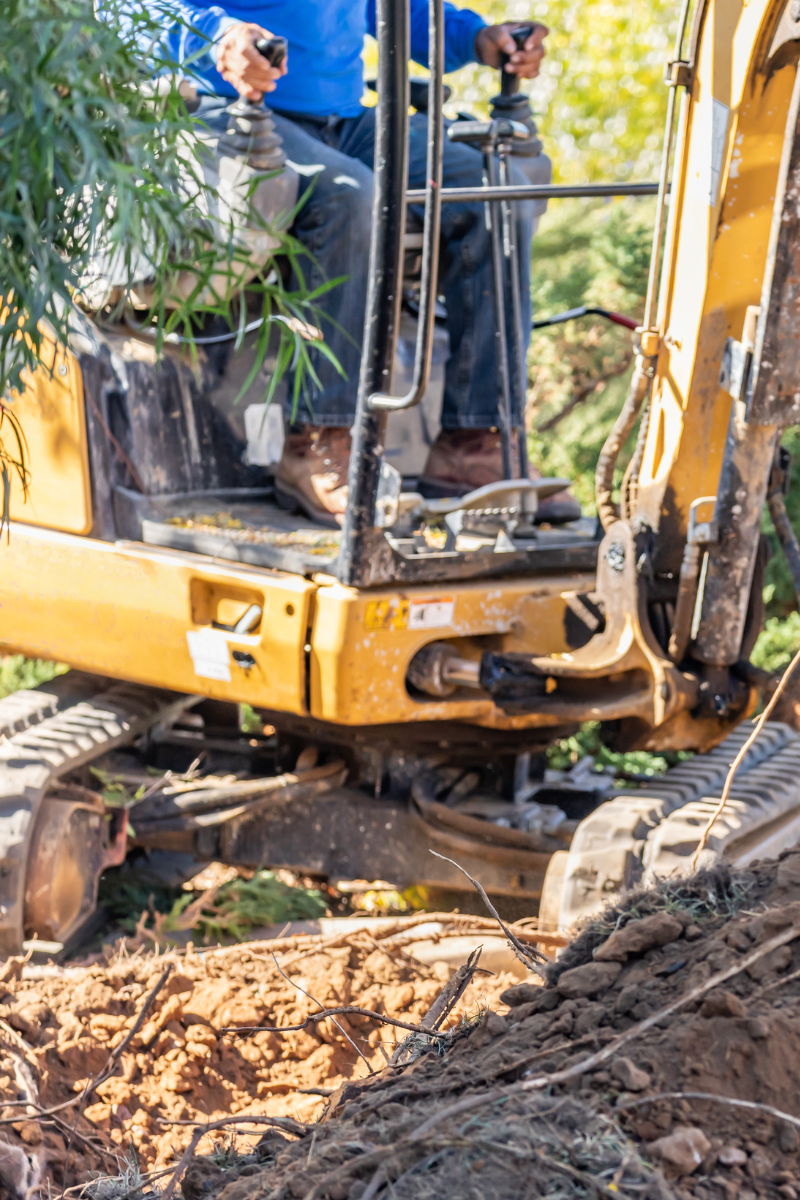Understanding Different Types of Excavation for Residential Projects
- HGM Wix Admin

- Jul 12, 2024
- 3 min read

Residential excavation is a crucial part of many home improvement projects, ranging from landscaping to installing utilities. Understanding the different types of residential excavation can help you choose the right method for your project. This guide explores the various excavation methods and their applications.
Topsoil Excavation: Preparing Your Property for Landscaping
Step 1: Assess the Topsoil Quality Topsoil excavation involves removing the uppermost layer of soil to prepare the property for landscaping or other construction activities. Start by assessing the quality of the topsoil to determine its suitability for reuse in gardening or as fill material.
Step 2: Mark the Excavation Area Clearly mark the area where the topsoil will be excavated. Use stakes and string or spray paint to outline the boundaries. This helps ensure accurate removal and prevents unnecessary disturbance of surrounding areas.
Step 3: Excavate and Store the Topsoil Use excavation equipment, such as a backhoe or skid-steer loader, to remove the topsoil layer. Store the excavated topsoil in a designated area for later use in landscaping or as backfill. Topsoil excavation is essential for creating a clean slate for new projects.
Rock Excavation: Managing Hard and Dense Materials with Different Types of Residential Excavation
Step 4: Identify Rock Types and Locations Rock excavation involves breaking and removing hard and dense materials, such as bedrock or boulders. Begin by identifying the types and locations of rocks on your property. This information helps determine the appropriate excavation techniques and equipment.
Step 5: Choose the Right Equipment Select the right equipment for rock excavation, such as hydraulic hammers, rock breakers, or explosives for larger projects. The choice of equipment depends on the size and hardness of the rocks, as well as the project's scope.
Step 6: Break and Remove the Rocks Use the chosen equipment to break the rocks into manageable pieces. Carefully remove the broken rocks from the excavation site, ensuring safety protocols are followed to prevent accidents and damage to nearby structures. Rock excavation requires specialized techniques to handle the density and hardness of the materials.
Muck Excavation: Handling Unstable and Wet Soil
Step 7: Assess the Soil Conditions Muck excavation deals with removing unstable and wet soil, often found in marshy or waterlogged areas. Start by assessing the soil conditions to understand the extent of the muck and its impact on your project.
Step 8: Plan for Dewatering If the area is excessively wet, plan for dewatering methods to remove excess water from the excavation site. Options include using pumps, trenches, or wells to drain the water and stabilize the soil.
Step 9: Excavate and Replace the Muck Use appropriate excavation equipment to remove the muck from the site. Replace the excavated muck with stable fill material, such as gravel or sand, to create a solid foundation for your project. Muck excavation ensures that your construction activities proceed on stable ground.
Trench Excavation: Installing Utilities and Foundations
Step 10: Plan the Trench Layout Trench excavation involves digging narrow and long trenches for installing utilities, such as water, gas, and electrical lines, or building foundations. Start by planning the trench layout, considering the depth, width, and path of the trench.
Step 11: Mark and Excavate the Trench Mark the trench boundaries using stakes and string or spray paint. Use trenching equipment, such as trenchers or excavators, to dig the trench to the required depth and width. Ensure the sides of the trench are stable to prevent collapses.
Step 12: Install Utilities or Foundations Once the trench is excavated, proceed with installing the utilities or foundations as planned. Follow all safety and installation guidelines to ensure the trench and its contents are secure and functional. Trench excavation is crucial for laying the groundwork for essential services and structures.
By understanding the different types of residential excavation, you can choose the appropriate method for your home improvement projects. Whether you're preparing your property for landscaping, managing rocky terrain, handling wet soil, or installing utilities, the right excavation techniques ensure successful project execution. Happy excavating!




تعليقات